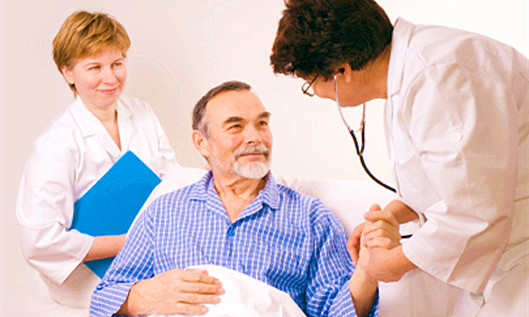UOW researchers secure grant to develop new medical device for bedside brain monitoring
September 20, 2017
Source: medicaldevices-business-review
 1,103
1,103

A University of Otago, Wellington (UOW) team has been awarded an MBIE Endeavour grant to develop a non-invasive and cost-effective device to diagnose and treat stroke and other brain injuries.
Associate Professor Shieak Tzeng says his team will use the nearly $1 million award to research and develop a device that will make it safer, cheaper, and quicker for doctors to diagnose and treat these brain injuries.
“Brain tissue is exceptionally vulnerable to ischaemia (lack of oxygen), so early detection and targeted therapy are crucial to improving survival rates across a wide range of conditions,” says Associate Professor Tzeng, Director of the Centre for Translational Physiology at UOW.
Current technologies for detecting a lack of oxygen to the brain are invasive or need costly imaging equipment which limits their use.
“This work will build on our previous research that showed our concept, based on portable magnetic resonance technology, can detect changes in levels of blood oxygen,” says Associate Professor Tzeng.
“Our goal now is to design new sensors that can detect a wider range of brain injury biomarkers, such as tissue diffusion and perfusion,” he says.
“If successful this would provide doctors with a full picture of brain injury processes so that treatments can be given in a targeted fashion.
The device will be designed and built here in New Zealand.
“We will design it in partnership with those New Zealand’s health professionals who will be using it as well as the NZ biotechnology industry to make the device accessible worldwide,” says Associate Professor Tzeng.
“We have a vision of New Zealand export sales of medical devices that enable comprehensive brain monitoring at the ‘point-of-care’” says Tzeng.
Since tissue ischaemia is the world's most common brain injury mechanism, such a versatile device may revolutionise the treatment of neurovascular disorders including stroke and traumatic brain injury.
By Ddu
Read more on
- Things to Know before Buying Newborn Baby Incubators March 31, 2022
- WiFi may interact with signaling pathways in the brain, causing irreversible damage May 20, 2019
- If You Don’t Have This Gene, You May Recover Better from a Stroke March 15, 2019
- Highly Resistant Food Poisoning Bug Responds to Antibiotics September 6, 2018
- Smartphone Based Diagnosis to Identify Mosquitoes Transmitting Infection September 5, 2018
your submission has already been received.
OK
Subscribe
Please enter a valid Email address!
Submit
The most relevant industry news & insight will be sent to you every two weeks.



